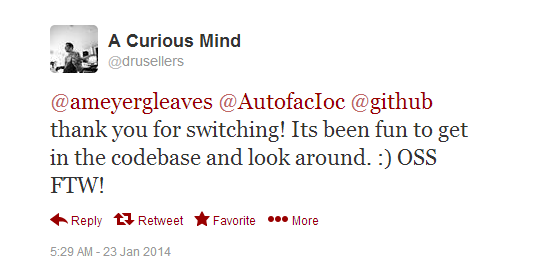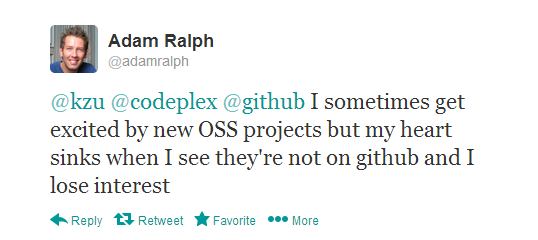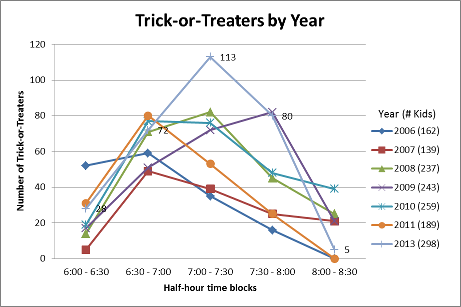My Netflix/Comcast Conundrum
Over the last six months, give or take, I’ve noticed that my Netflix streaming performance over my Comcast internet has taken a dive.
If I stream a show during the day, I can get a full 1080P HD signal. Watching through my PS3, I get Super HD. It’s awesome.
However, watching that same show once it hits “prime time” – between, say, 7:30p and 10:30p – I get a maximum of 480SD.
I saw this article that went around about a fellow who caught Verizon supposedly doing some traffic shaping around Amazon Web Services and it got me wondering if Comcast was doing the same thing.
I called Comcast support and got the expected runaround. The internet people sent me to the TV people (because you watch Netflix on your TV?!); the TV people sent me to the home network support people (because no way is it a Comcast issue), then the home network people said they would transfer me to their dedicated Netflix support team…
…which transferred me to actual Netflix support. No affiliation with Comcast at all.
Netflix support ran me through the usual network troubleshooting steps, which I’d already done and basically amounts to “reboot everything and use a wired connection,” all of which I’d already done, and then we ended up with “call your ISP.” That’s how I got here in the first place. Sigh.
I reached out this time to @comcastcares on Twitter and had a much better result. I got in touch with a very helpful person, @comcastcamille, who did a few diagnostics on their end and then got me in touch with their “executive support” department.
The executive support department sent a tech to my house who replaced my aging cable modem. That actually improved my speed tests – I used to only occasionally make it to ~25Mbps down, but with the new modem I consistently get between 25Mbps and 30Mbps. Unfortunately, that didn’t fix the Netflix issue, so I called back.
This time I got ahold of a network tech named Miguel who not only spoke very clearly but also knew what he was talking about. A rare find in tech support.
First we did a speed test on two different sites. My results:
- speedtest.comcast.net: 10ms ping, 28.52Mbps down, 5.95Mbps up
- www.speedtest.net: 0ms ping, 28.67Mbps down, 5.90Mbps up
Looking good. On that same computer, I then tried streaming Netflix. 480SD. Lame.
Then he mentioned something I didn’t consider: Amazon Prime is also backed by AWS. Same computer, streamed an Amazon Prime video… full HD in less than three seconds buffering.
For giggles, we tried streaming Netflix and running the speed test at the same time and got similar results as the first speed test. I also ran the Net Neutrality speed test and got great results.
Of course, as mentioned on the Net Neutrality test site, much of the Netflix traffic doesn’t actually flow from AWS, but through Open Connect peering agreements. Ars Technica has a nice article about how several providers are having trouble keeping up with Netflix and it may not necessarily be intentional traffic shaping so much as sheer volume.
In the end, Miguel convinced me that it may not be entirely a Comcast problem. He also mentioned that he, himself, switched from Netflix to Amazon Prime because the quality is so much better. Something to consider.
Of course, Google Fiber is now looking at Portland, so that may be a good alternative.
For the record, I’ve never really had any problems with Comcast the way many people have. I admit I am possibly an exception. Other than the phone runaround, which you often get with any type of service provider, Comcast service has been reliable and good for me. Netflix aside, the TV works, the phone works, the internet is getting good speed and is always up… I can’t complain. (Well, the prices do continue to go up, which sucks, but that’s only peripherally related to the service quality discussion.) We tried Frontier, the primary local competitor, and I had the experiences with Frontier that other people seem to report with Comcast. Frontier (when I was with them) had outages constantly, pretty much refused to help… and actually did things that required me to reset my router periodically and fully reconfigure the network.
But, you know, Google Fiber…


